Home>Gardening & Outdoor>Landscaping Ideas>How To Fix Dead Grass From Pool
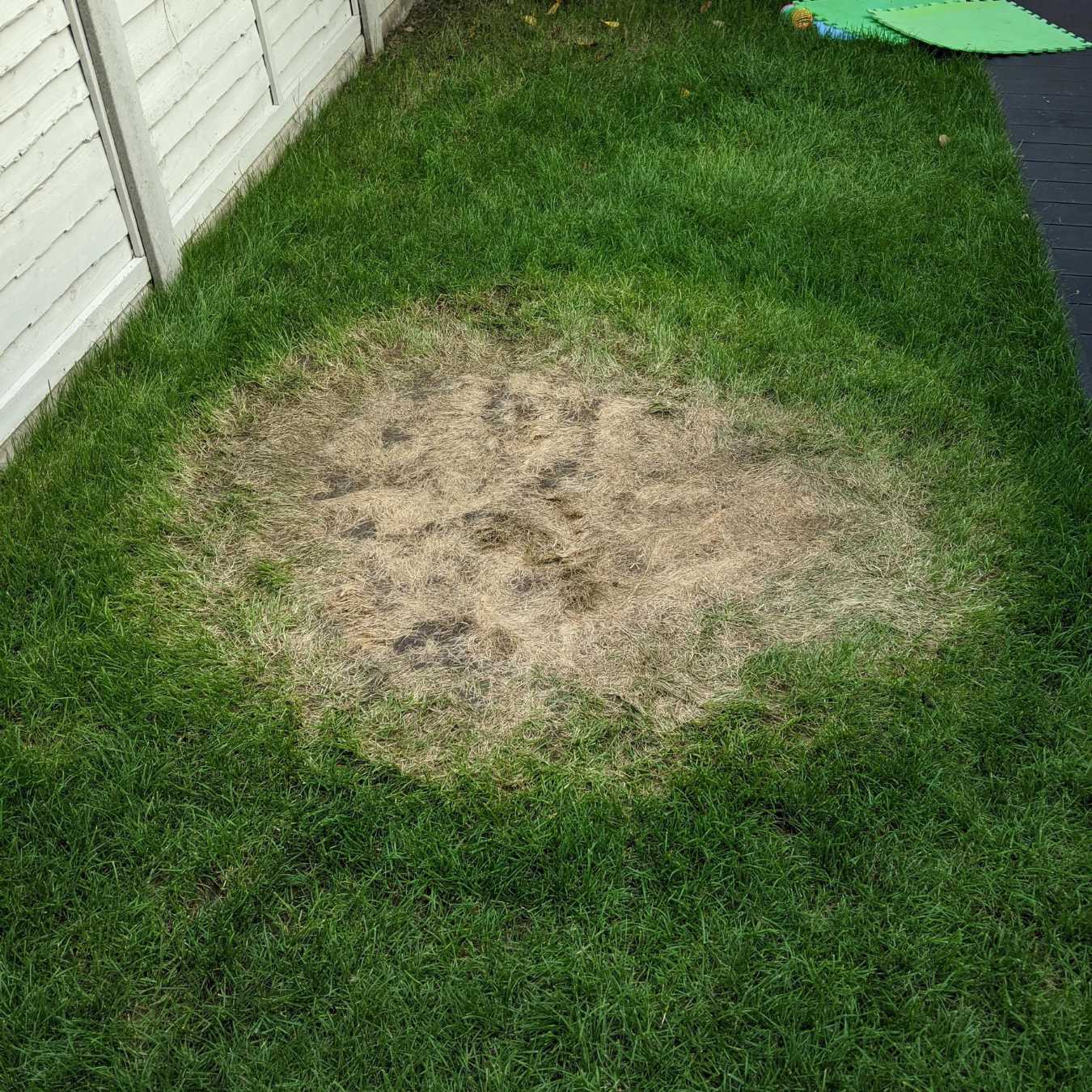

Landscaping Ideas
How To Fix Dead Grass From Pool
Modified: September 2, 2024
Learn effective landscaping ideas to fix dead grass caused by pool water damage. Discover expert tips for restoring your lawn to its former lush green beauty.
(Many of the links in this article redirect to a specific reviewed product. Your purchase of these products through affiliate links helps to generate commission for Storables.com, at no extra cost. Learn more)
Introduction
Welcome to the oasis of your dreams—a beautiful pool surrounded by lush, green grass. However, the reality might be a bit different. If your poolside grass is looking less than luxurious, fear not! With a little know-how and some elbow grease, you can revive that dead grass and restore your outdoor space to its former glory.
In this guide, we’ll explore the common causes of dead grass around pools, how to assess the damage, and the step-by-step process of rejuvenating your lawn. From clearing debris to choosing the right grass seed and implementing proper watering and maintenance techniques, you’ll learn everything you need to know to fix dead grass from your pool area.
So, roll up your sleeves and get ready to transform your poolside paradise into a vibrant, inviting retreat!
Key Takeaways:
- Revive your poolside grass by clearing debris, addressing soil compaction, and replenishing essential nutrients. Choose the right grass seed and follow proper watering and maintenance techniques for a vibrant, inviting outdoor space.
- Understanding the causes of dead grass and assessing the damage are crucial for successful restoration. With patience and consistency, your revitalized poolside oasis will become a stunning backdrop for relaxation and enjoyment.
Read more: How To Fix Dead Grass Spots
Understanding the Causes of Dead Grass
Before diving into the process of fixing dead grass around your pool, it’s essential to understand the potential culprits behind the issue. Several factors can contribute to the demise of your poolside turf:
- Excessive Chlorine Exposure: Chlorine is essential for keeping pool water clean and safe, but it can have detrimental effects on nearby vegetation if not properly managed. Overexposure to chlorine can lead to grass discoloration and ultimately, death.
- Soil Compaction: Heavy foot traffic, furniture, and pool equipment can compact the soil around the pool, restricting root growth and hindering the absorption of vital nutrients and water.
- Debris Buildup: Leaves, twigs, and other organic matter can accumulate around the pool, creating a barrier that suffocates the grass and promotes fungal growth.
- Insufficient Sunlight: Shaded areas around the pool may receive limited sunlight, inhibiting photosynthesis and weakening the grass over time.
- Imbalanced Soil Nutrients: Pool chemicals and runoff water can disrupt the natural balance of nutrients in the soil, leading to nutrient deficiencies or toxic buildup.
By identifying the specific factors contributing to the demise of your poolside grass, you can tailor your restoration efforts to address these underlying issues effectively.
Now that we’ve uncovered the potential causes of dead grass, let’s move on to assessing the extent of the damage and determining the best course of action for revitalizing your poolside oasis.
Assessing the Damage
Before embarking on the journey to revive your poolside grass, it’s crucial to assess the extent of the damage. This evaluation will help you determine the most effective strategies for restoration. Here’s how to assess the condition of your lawn:
- Inspect the Grass: Take a close look at the affected areas. Note the extent of discoloration, patchiness, and overall health of the grass. This visual assessment will provide valuable insights into the severity of the damage.
- Check Soil Compaction: Use a garden trowel to dig into the soil around the pool. If the soil feels hard and compacted, it may be impeding water infiltration and root growth, contributing to the grass’s decline.
- Examine Potential Chemical Exposure: Consider the proximity of the grass to the pool and assess whether it may have been exposed to excessive chlorine or other pool chemicals. This exposure can manifest as discoloration, wilting, or stunted growth.
- Observe Sunlight Availability: Note the amount of sunlight the affected areas receive throughout the day. Grass that is deprived of adequate sunlight may struggle to thrive, leading to thinning and browning.
- Analyze Nutrient Imbalance: If the soil has been exposed to pool chemicals or runoff water, there may be an imbalance of essential nutrients. Consider conducting a soil test to identify any deficiencies or excesses that could be impacting the grass’s health.
By thoroughly evaluating the condition of your poolside grass, you’ll gain valuable insights into the underlying issues that have led to its decline. Armed with this knowledge, you can proceed to address these issues effectively, setting the stage for successful grass restoration.
With a clear understanding of the damage, you’re ready to embark on the journey of rejuvenating your poolside oasis. The next steps will guide you through the process of clearing debris, addressing soil compaction, and replenishing essential nutrients to breathe new life into your once lackluster lawn.
Clearing Debris and Soil Compaction
One of the initial steps in reviving dead grass around your pool is to clear away debris and address soil compaction, creating a conducive environment for new growth. Here’s how to tackle these crucial tasks:
- Remove Debris: Begin by clearing any organic debris, such as leaves, twigs, and grass clippings, from the affected areas. Use a rake or leaf blower to gently clear the surface without damaging the underlying soil or grass.
- Aerate the Soil: Soil compaction can hinder water and nutrient absorption, stifling the grass’s ability to thrive. Use a garden fork or aerator to perforate the soil, allowing air, water, and nutrients to penetrate the root zone.
- Apply Compost: Spread a thin layer of high-quality compost over the aerated soil. This organic matter will improve soil structure, enhance microbial activity, and provide essential nutrients to support new grass growth.
- Loosen Compact Areas: Pay special attention to areas where soil compaction is evident, such as high-traffic zones or beneath heavy furniture. Gently loosen the soil to promote better root development and water infiltration.
- Consider Drainage: Evaluate the drainage around your pool to identify any areas where water may be pooling or causing soil saturation. Addressing drainage issues can prevent future soil compaction and waterlogged conditions detrimental to the grass.
By clearing debris and addressing soil compaction, you’ll create a healthier foundation for your poolside grass to thrive. With a revitalized soil environment, your next steps will focus on replenishing essential nutrients and selecting the right grass seed to breathe new life into your outdoor space.
With debris cleared and soil compaction addressed, your lawn is well on its way to recovery. The next steps will guide you through the process of replenishing essential nutrients, selecting the right grass seed, and implementing proper watering and maintenance techniques to ensure the long-term health and vibrancy of your poolside oasis.
To fix dead grass from pool water damage, rake out the dead grass, aerate the soil, and reseed with a grass seed mix suitable for your climate. Keep the area moist until the new grass establishes.
Replenishing Soil Nutrients
Once the debris is cleared and soil compaction is addressed, the next crucial step in revitalizing your poolside grass is replenishing essential nutrients in the soil. This process will provide the foundation for healthy, vigorous growth. Here’s how to replenish soil nutrients effectively:
- Conduct a Soil Test: Before adding any fertilizers or amendments, consider conducting a soil test to assess the nutrient levels and pH balance. This information will guide you in selecting the most suitable products for your specific soil needs.
- Choose High-Quality Fertilizers: Select a balanced, slow-release fertilizer formulated for your grass type and soil requirements. Look for products containing essential nutrients such as nitrogen, phosphorus, and potassium, as well as micronutrients like iron and manganese.
- Apply Fertilizer Carefully: Follow the manufacturer’s instructions for the proper application of fertilizer. Avoid over-application, as this can lead to nutrient imbalances and potential harm to the grass and surrounding environment.
- Incorporate Organic Amendments: Consider enriching the soil with organic amendments such as compost, well-rotted manure, or organic matter. These materials improve soil structure, enhance microbial activity, and provide a slow release of nutrients to support long-term grass health.
- Utilize pH Adjustments: If the soil test reveals an imbalanced pH level, consider incorporating lime to raise the pH or elemental sulfur to lower it. Maintaining the proper pH range optimizes nutrient availability and supports healthy grass growth.
By replenishing soil nutrients through strategic fertilization and organic amendments, you’ll create an optimal environment for new grass to flourish. With the soil revitalized, the next step is to select the right grass seed that is well-suited for your poolside location and maintenance preferences.
With soil nutrients replenished, your lawn is poised for a vibrant resurgence. The next steps will guide you through the process of choosing the right grass seed, implementing proper watering techniques, and maintaining your revitalized poolside oasis for long-term enjoyment.
Read more: How To Fix Dead Grass In Yard
Choosing the Right Grass Seed
When it comes to rejuvenating your poolside lawn, selecting the right grass seed is a critical decision that will significantly impact the long-term health and appearance of your outdoor space. Consider the following factors to guide your choice:
- Grass Type Selection: Choose a grass variety that is well-suited for your local climate, sunlight conditions, and maintenance preferences. Warm-season grasses like Bermuda and Zoysia thrive in hot, sunny environments, while cool-season grasses such as Kentucky Bluegrass and fescue are better suited for cooler climates.
- Traffic Tolerance: Assess the level of foot traffic and activity around your pool area. Opt for grass varieties known for their resilience and ability to withstand frequent use without sacrificing appearance, such as certain types of fescue or perennial ryegrass.
- Shade Tolerance: If your poolside lawn is partially shaded, select grass seed blends specifically formulated for low-light conditions. Look for shade-tolerant varieties that will thrive despite limited sunlight exposure.
- Water Efficiency: Consider drought-tolerant grass species that require minimal water once established. These varieties can help conserve water and reduce maintenance while maintaining a lush, green appearance around your pool.
- Maintenance Requirements: Evaluate your willingness and ability to maintain the lawn. Some grass types demand more frequent mowing, fertilization, and pest control, while others are more low-maintenance, making them ideal for poolside environments.
By carefully considering these factors and selecting the most suitable grass seed for your poolside oasis, you’ll lay the groundwork for a resilient, visually appealing lawn that enhances your outdoor living space. With the right grass seed chosen, the next steps will focus on proper watering and maintenance to ensure the successful establishment and long-term health of your revitalized lawn.
With the right grass seed selected, your poolside oasis is well on its way to a stunning transformation. The next steps will guide you through the process of proper watering and maintenance to ensure the successful establishment and long-term vibrancy of your revitalized lawn.
Watering and Maintenance
Proper watering and maintenance practices are essential for nurturing newly seeded or revitalized grass around your pool. By implementing the following guidelines, you can support the establishment and long-term health of your poolside oasis:
- Initial Watering: After seeding or laying new sod, ensure the soil remains consistently moist but not waterlogged. Light, frequent watering is key to promoting germination and early growth.
- Establishment Phase: Once the grass begins to establish, gradually transition to deeper, less frequent watering sessions. This encourages the development of deep root systems and enhances the grass’s drought tolerance.
- Watering Schedule: Adjust your watering schedule based on weather conditions, taking into account rainfall and temperature. Aim to provide approximately 1 inch of water per week, either through rainfall or irrigation, to sustain healthy grass growth.
- Mowing Practices: When the grass reaches the recommended mowing height for your chosen variety, mow it to promote denser growth and a well-manicured appearance. Avoid cutting more than one-third of the grass blade’s length at a time to prevent stress and damage.
- Fertilization: Follow a regular fertilization schedule based on your grass type and local recommendations. Apply fertilizers at the appropriate times to provide essential nutrients for robust growth and vibrant color.
- Weed Control: Monitor the lawn for weeds and address them promptly to prevent competition for resources and maintain a uniform, healthy appearance. Consider using targeted herbicides or manual removal methods as needed.
- Pest Management: Keep an eye out for signs of pests or diseases and take proactive measures to address any issues. Regular maintenance, proper watering, and balanced fertilization can bolster the grass’s natural resistance to pests and diseases.
By adhering to these watering and maintenance practices, you’ll provide the necessary care and support for your poolside grass to thrive. With consistent attention and proper management, your revitalized lawn will become a lush, inviting backdrop for your outdoor leisure and entertainment activities.
With proper watering and maintenance, your revitalized poolside oasis is poised for long-term vibrancy and beauty. By following these guidelines, you can ensure that your outdoor space remains a captivating retreat for relaxation, recreation, and enjoyment for years to come.
Conclusion
Congratulations on taking the proactive steps to revive your poolside grass and transform your outdoor space into a vibrant, inviting retreat. By understanding the causes of dead grass, assessing the damage, and following a systematic approach to restoration, you’ve set the stage for a stunning transformation. Clearing debris, addressing soil compaction, replenishing essential nutrients, choosing the right grass seed, and implementing proper watering and maintenance practices have all played pivotal roles in revitalizing your poolside oasis.
As you continue to nurture and care for your newly revitalized lawn, remember that patience and consistency are key. The establishment and long-term health of your grass will be a reflection of the attention and care you provide. By maintaining a balanced watering schedule, adhering to proper mowing and maintenance practices, and addressing any issues promptly, you’ll ensure that your poolside lawn remains a source of pride and enjoyment for years to come.
Whether you’re lounging by the pool, hosting gatherings with friends and family, or simply savoring moments of tranquility in your outdoor sanctuary, your revitalized lawn will serve as the perfect backdrop for creating lasting memories and enjoying the beauty of nature.
So, take a moment to appreciate the transformation you’ve achieved and the lush, vibrant oasis you’ve cultivated. Your revitalized poolside lawn is more than just grass—it’s a testament to your dedication to creating a welcoming, visually stunning outdoor environment that enhances your lifestyle and enriches your daily experiences.
With a revitalized poolside oasis at your disposal, you’re ready to bask in the beauty of your outdoor haven and create unforgettable moments amidst the lush, rejuvenated landscape. Here’s to the joy, relaxation, and natural splendor that await you in your newly transformed poolside paradise.
Frequently Asked Questions about How To Fix Dead Grass From Pool
Was this page helpful?
At Storables.com, we guarantee accurate and reliable information. Our content, validated by Expert Board Contributors, is crafted following stringent Editorial Policies. We're committed to providing you with well-researched, expert-backed insights for all your informational needs.
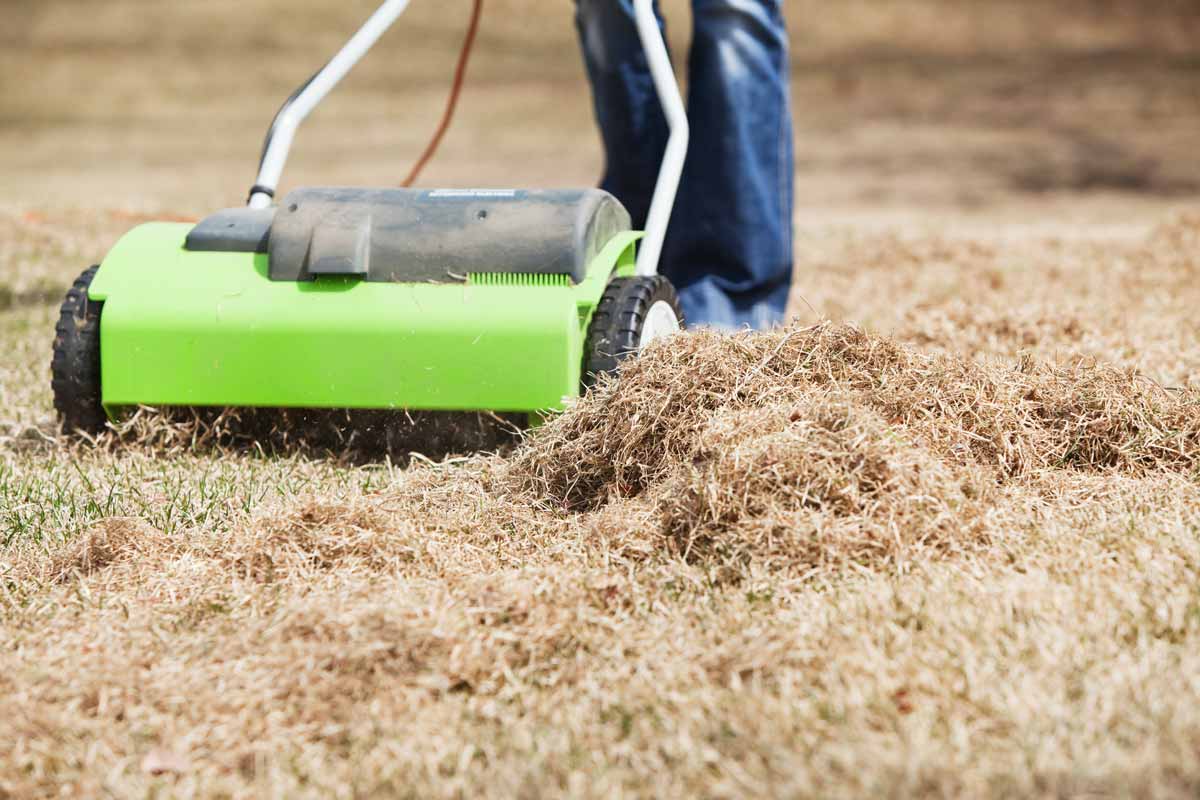
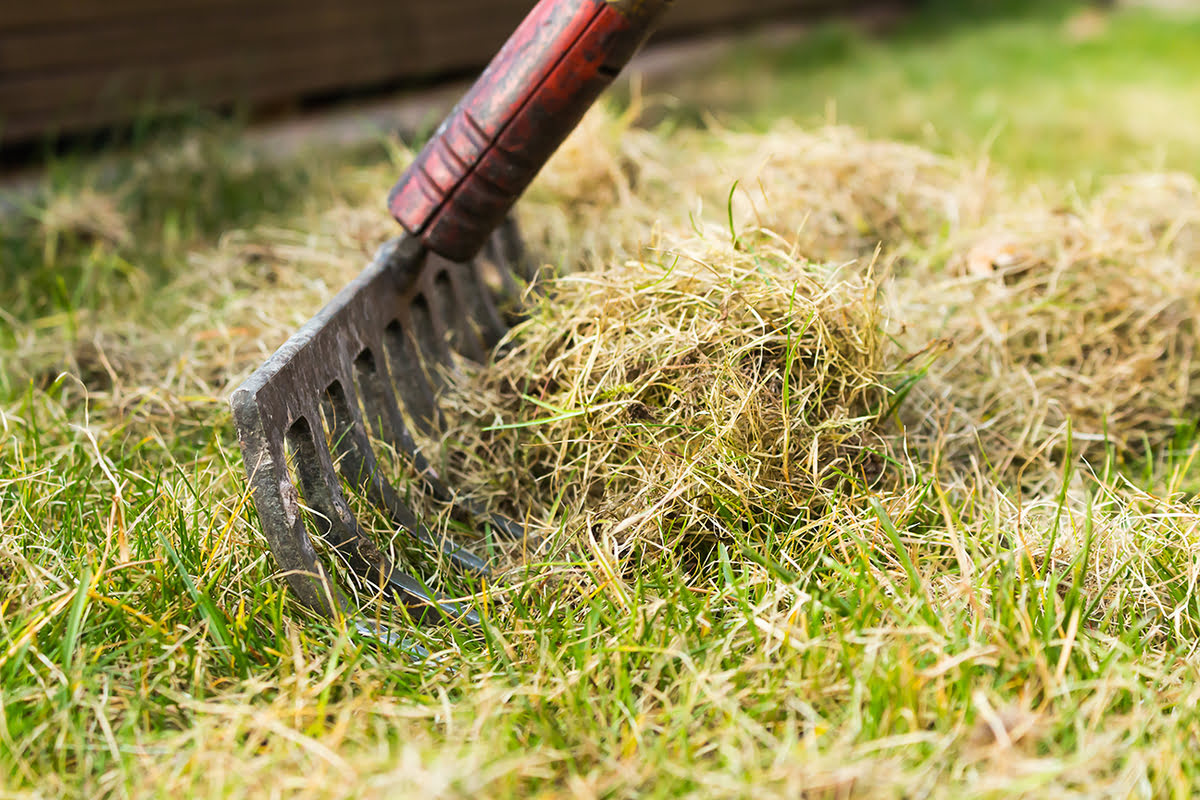
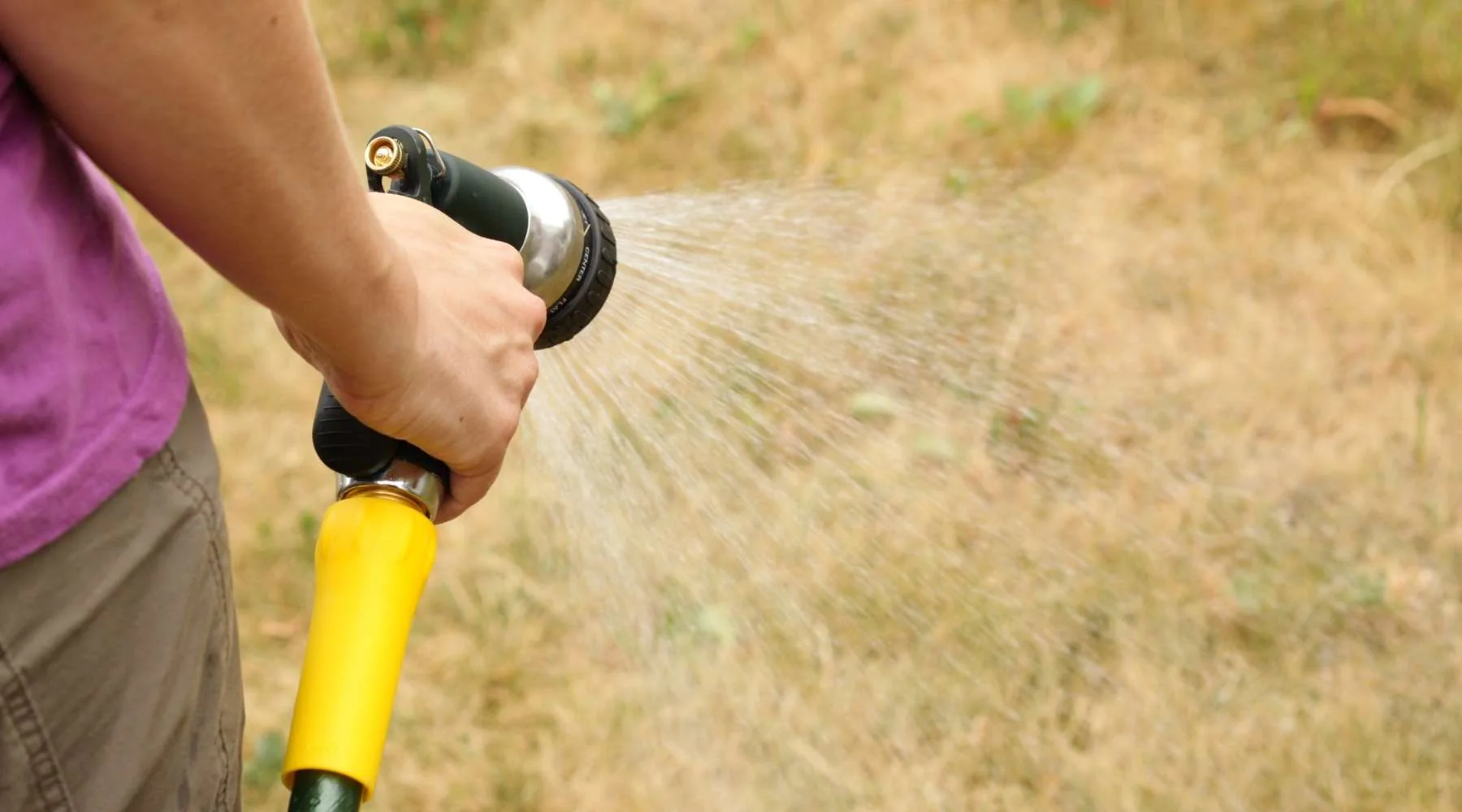
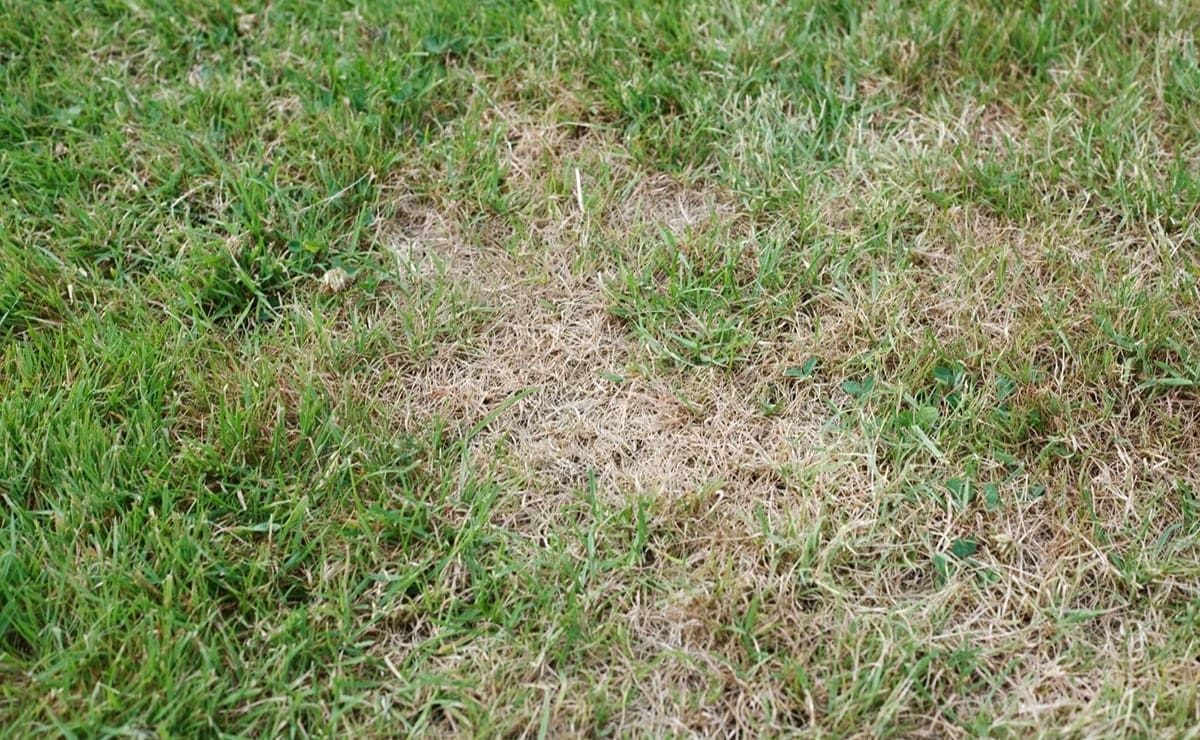
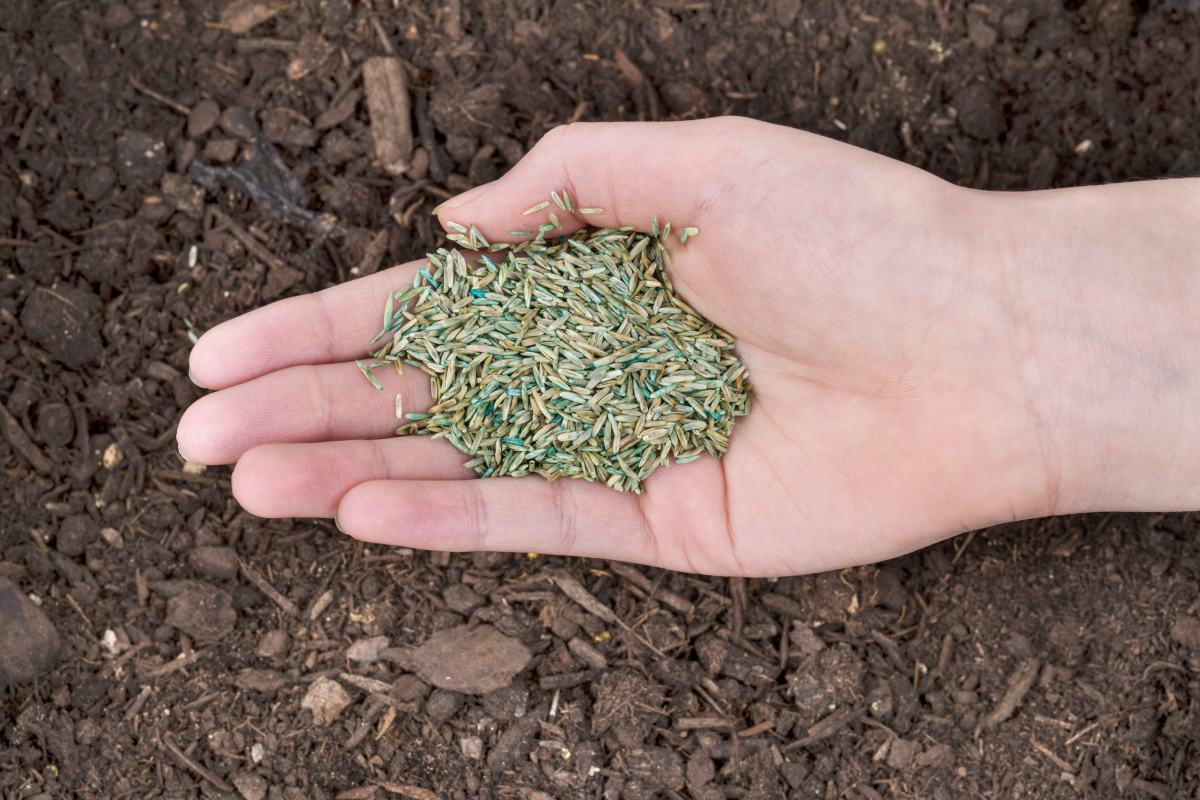
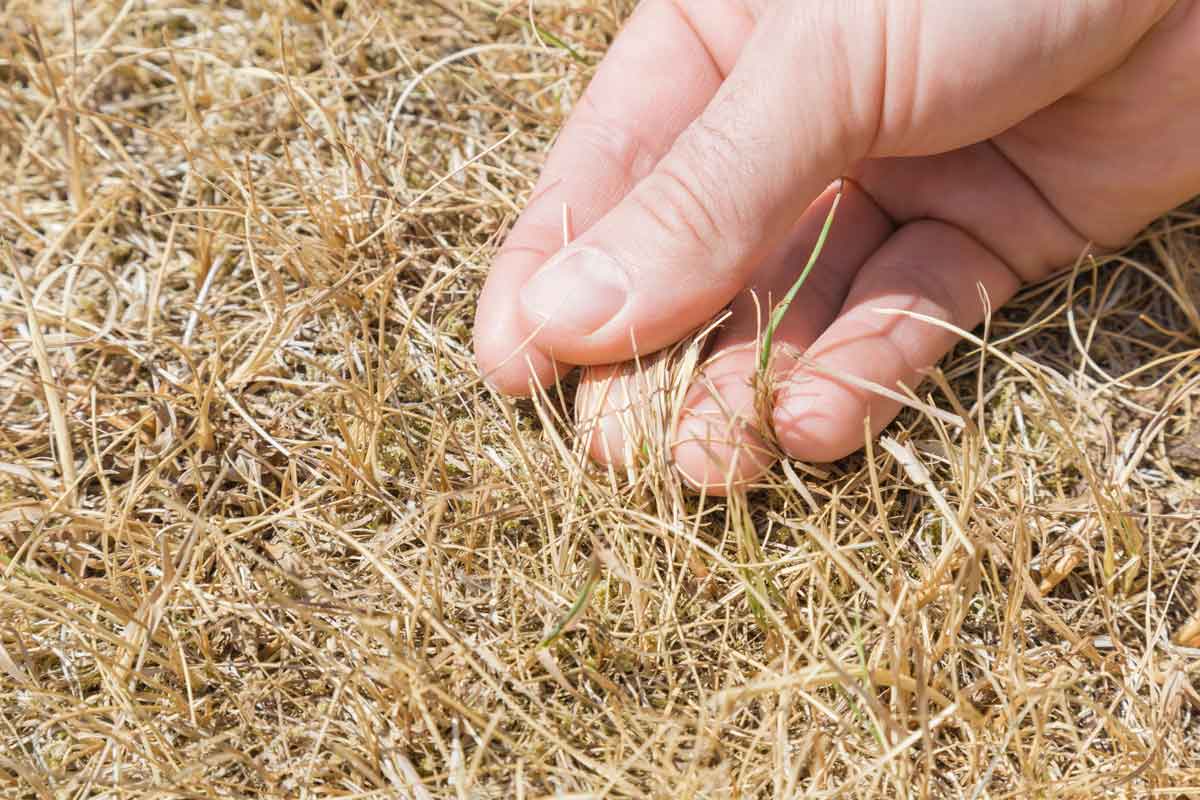
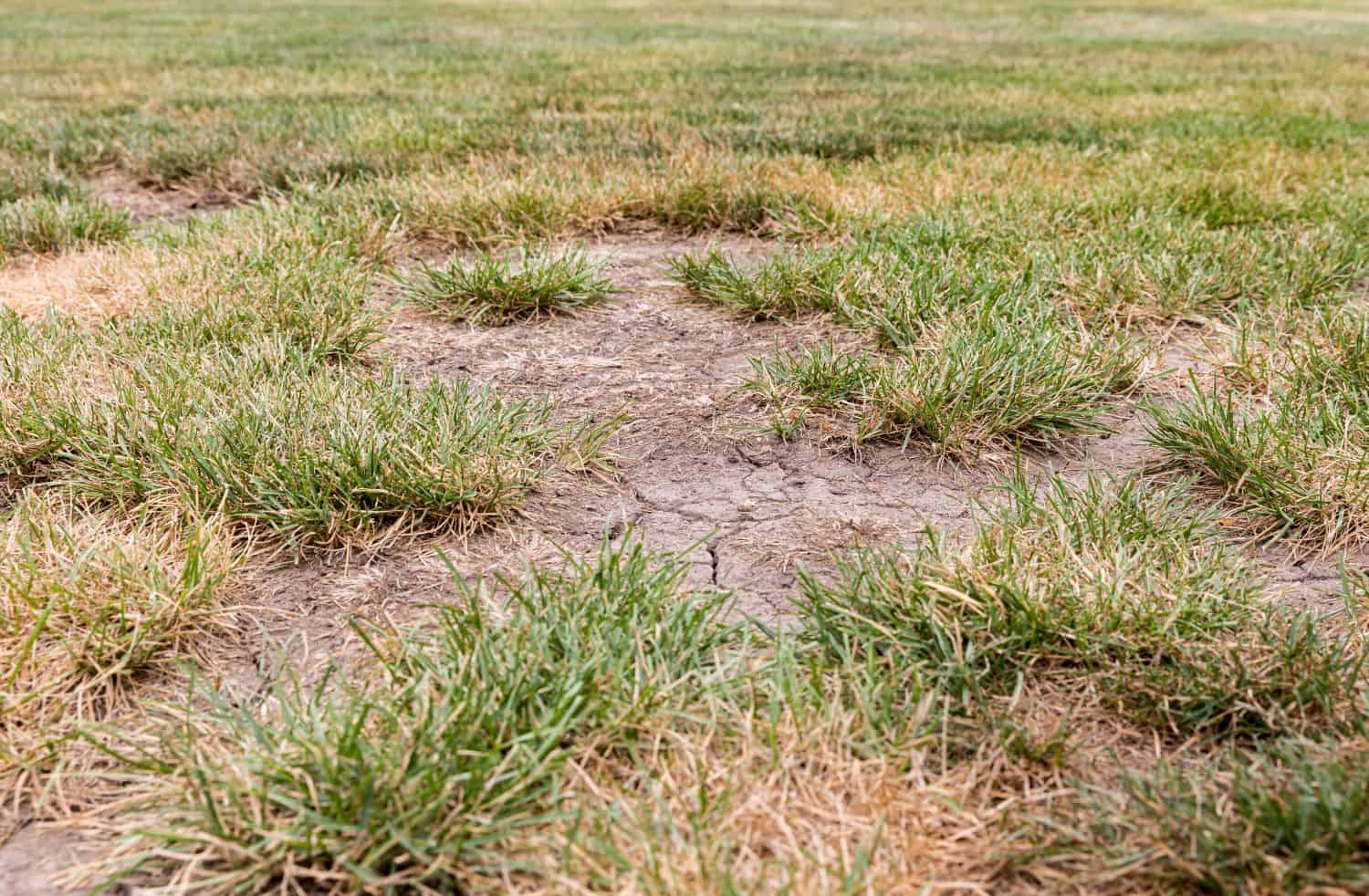
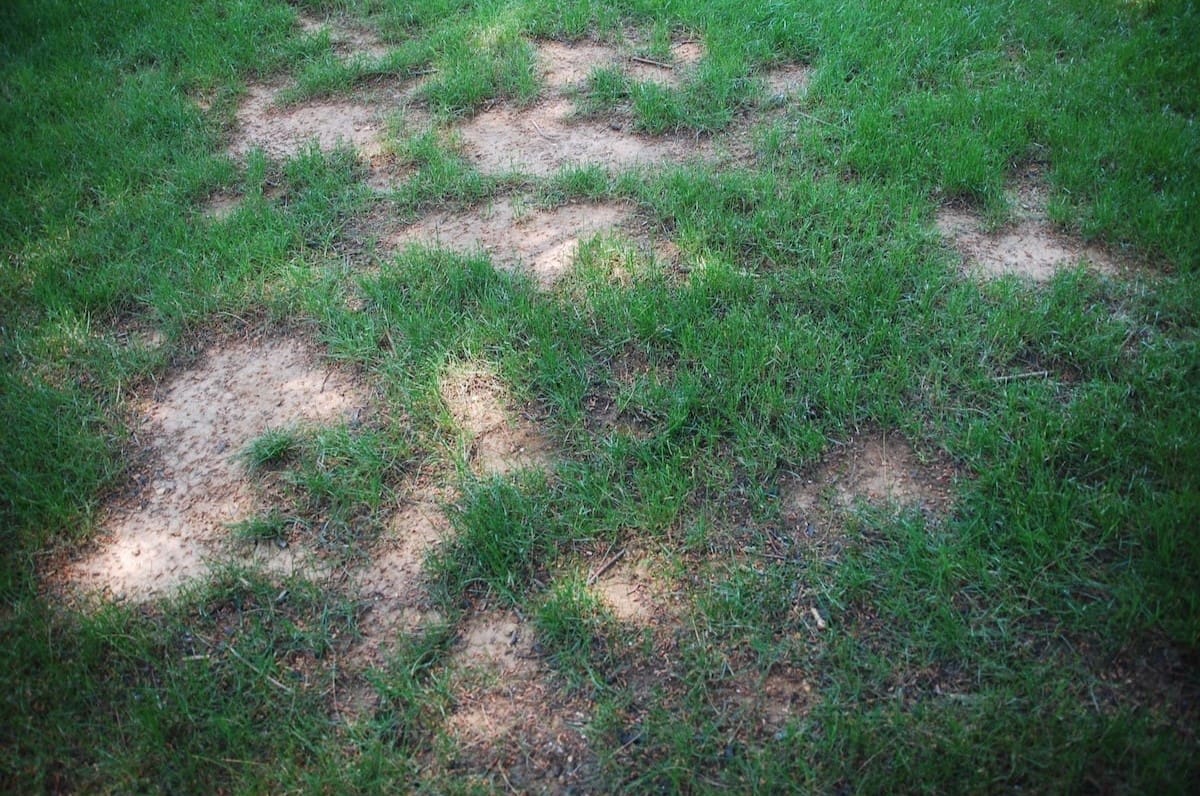
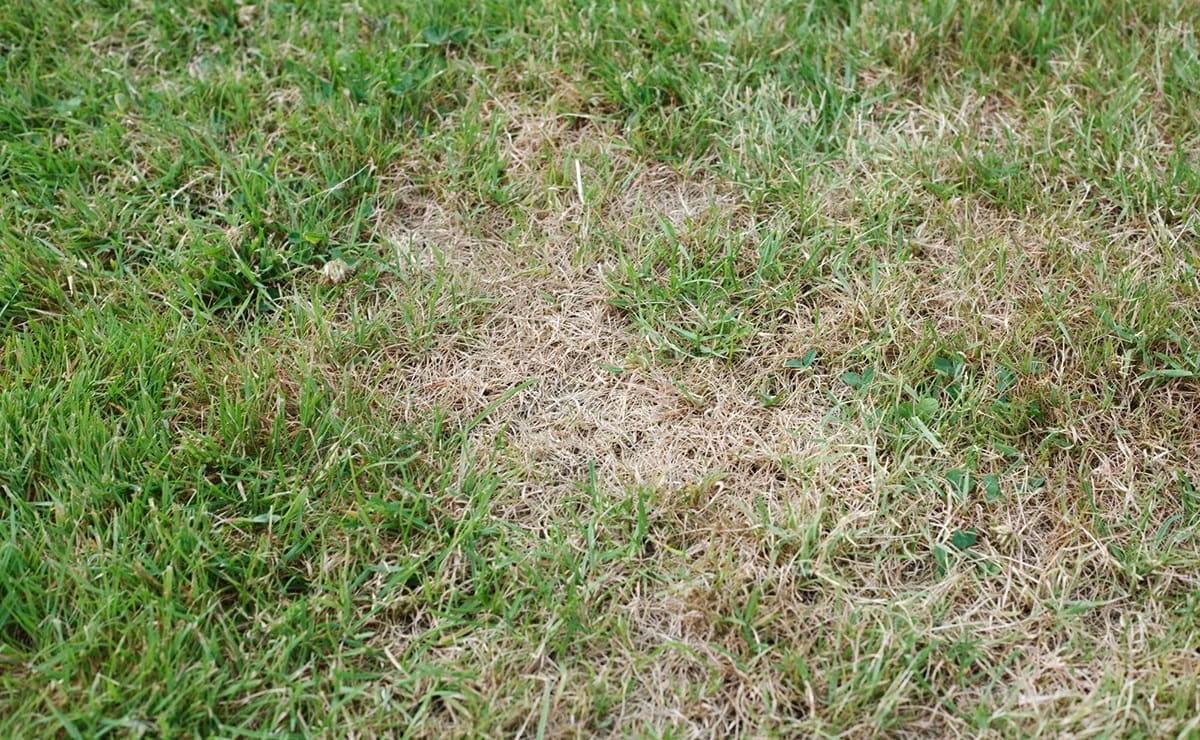
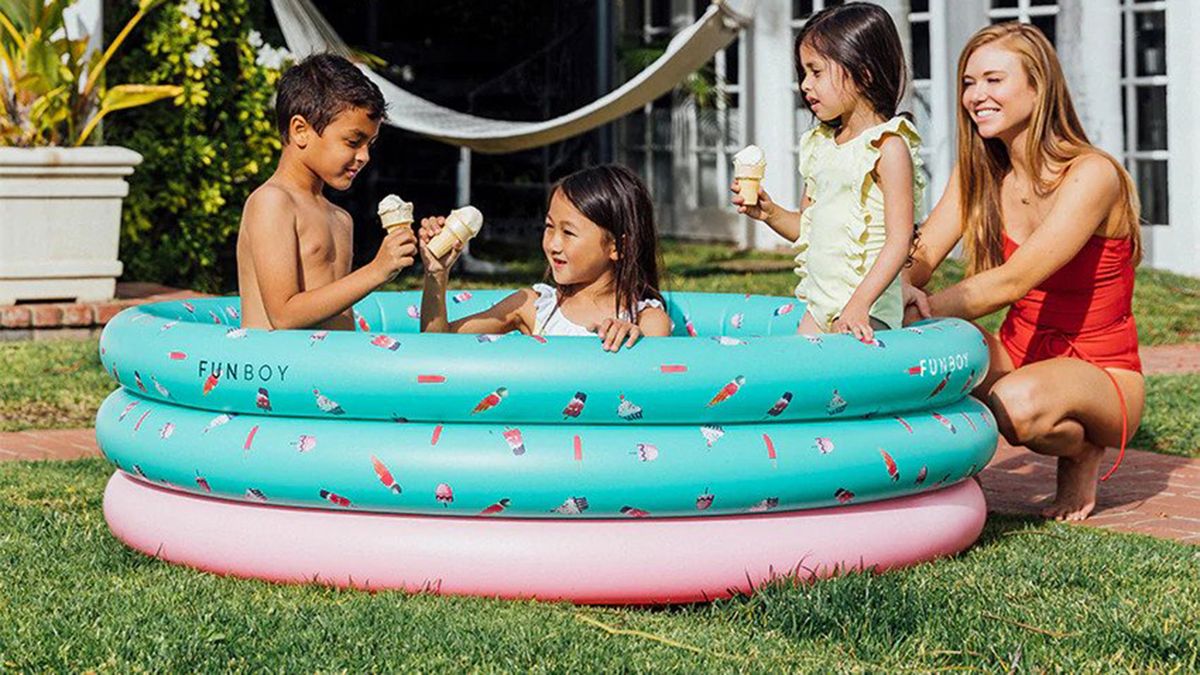
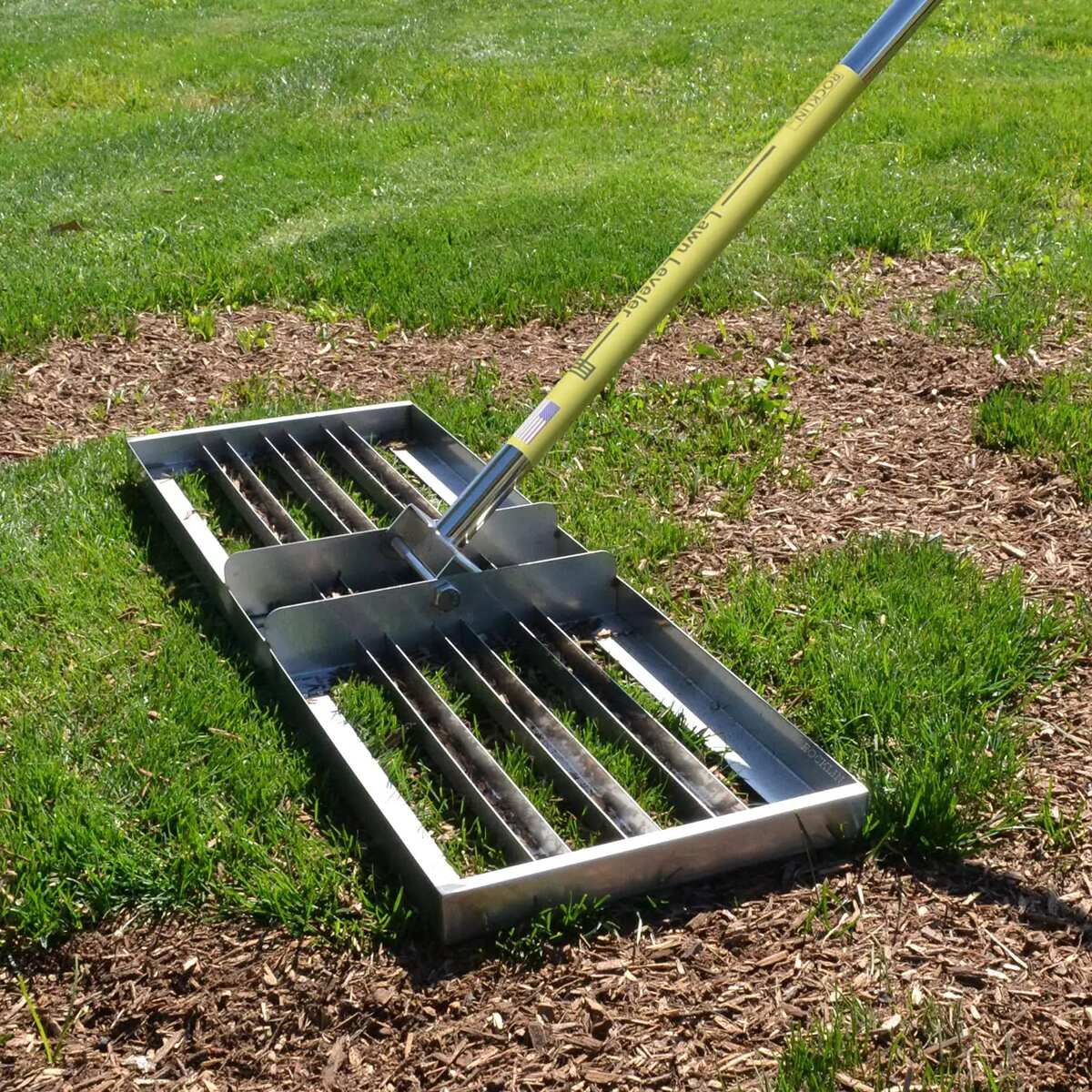
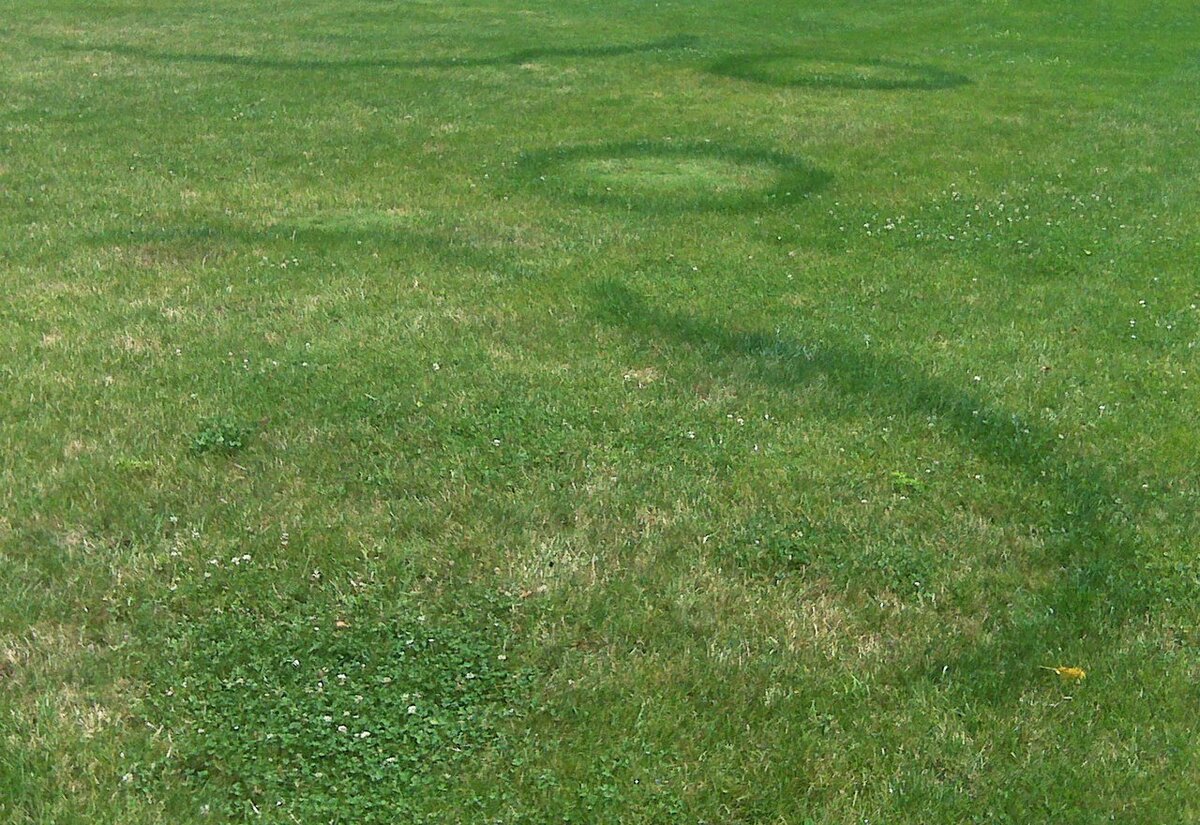
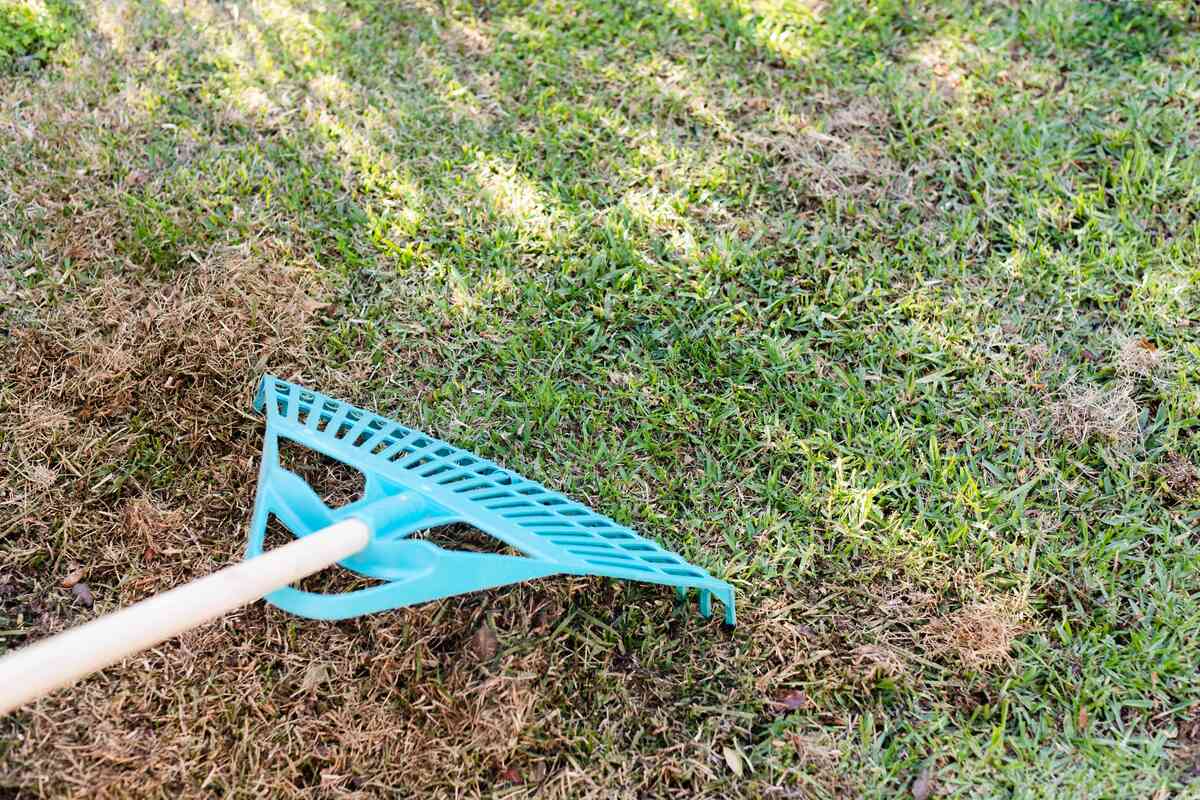
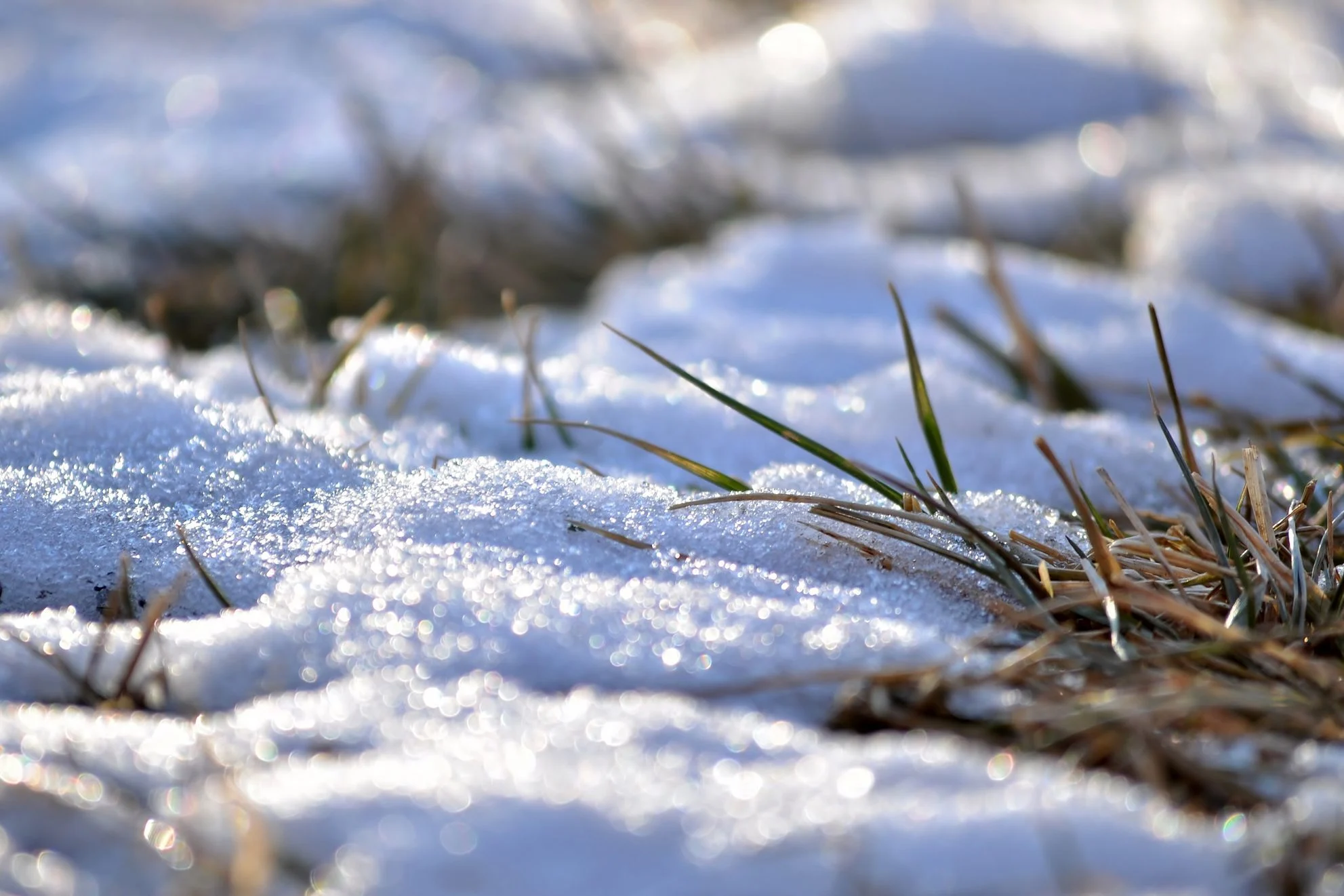

0 thoughts on “How To Fix Dead Grass From Pool”